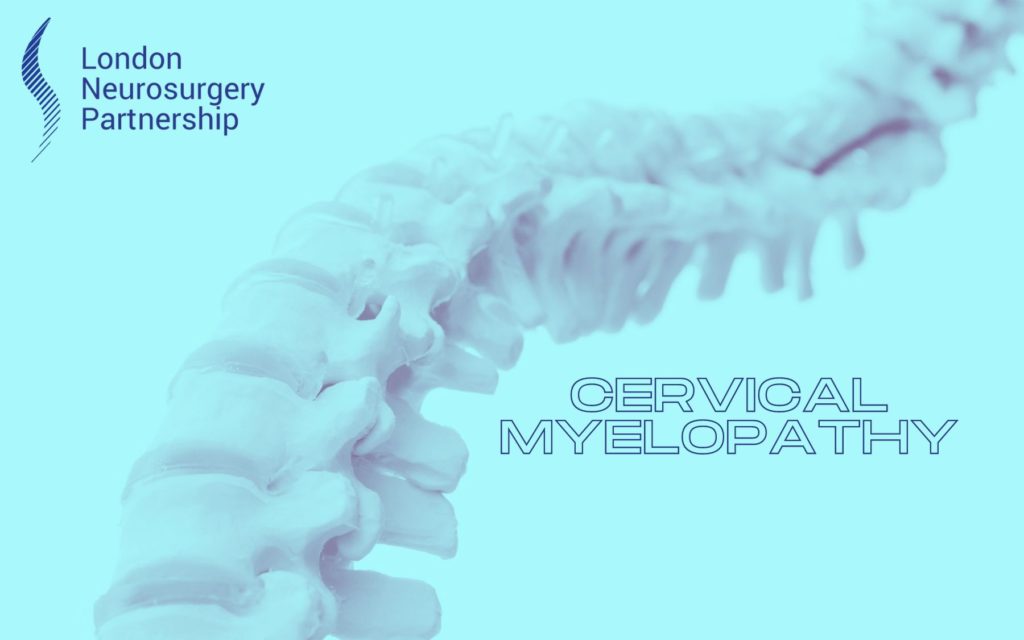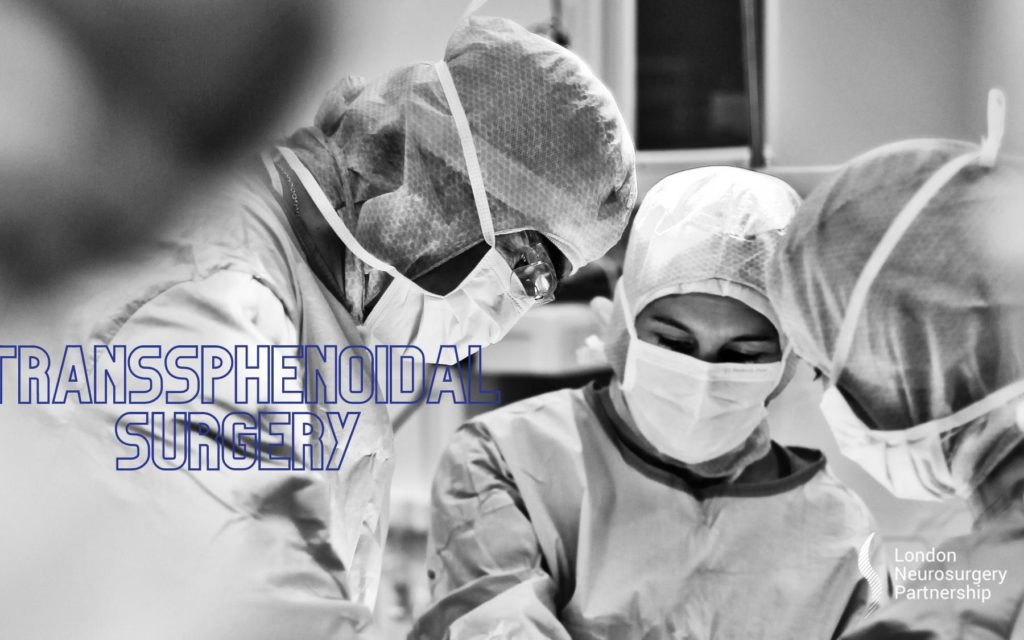
Cervical refers to the neck region of the spine whilst myelopathy refers to significant compression of the spinal cord. It could be a result of trauma, tumours, congenital conditions, degenerative changes or disc herniations. Myelopathy can be seen in any region of the spinal cord but cervical myelopathy is specifically related to compression of the spinal cord in the neck.
What are the symptoms?
As cervical myelopathy affects the spinal cord and nerves in the neck which supply the shoulders and arms the symptoms are often related to these areas. The symptoms can be generally split into two areas, the first is related to neck which include:
- Neck pain
- Stiffness in the neck
- Reduced range of motion in the neck
The second set of symptoms are more related to the hands and arms, these include:
- Weakness in the hands and arms
- Numbness in the hands and arms
- Poor coordination of the hands
- Difficulty with fine movements (e.g. handling coins)
- Balance problems
It is important to note that not all neck pain means you will have cervical myelopathy – but if you are worried it’s always a good idea to seek medical advice.
What causes cervical myelopathy?
There are a few potential causes including:
- Gradual wear and tear of the spine – the bones and the discs
- Ossification (hardening) of the ligaments in the neck – especially the posterior longitudinal ligament
- Rheumatoid arthritis
- Trauma to the neck
- Spinal infection
- Spinal tumour
- Spondylolisthesis in the cervical spine
- Congenital (from birth)
Treatment
Cervical myelopathy often requires surgery to release the pressure on the spinal cord and prevent further progression of the compression. Surgical options include:
- Laminoplasty – to widen the spinal canal
- Cervical decompression
- Laminectomy
This article is intended to inform and give insight but not treat, diagnose or replace the advice of a doctor. Always seek medical advice with any questions regarding a medical condition.
Back to spinal conditions.





0 Comments